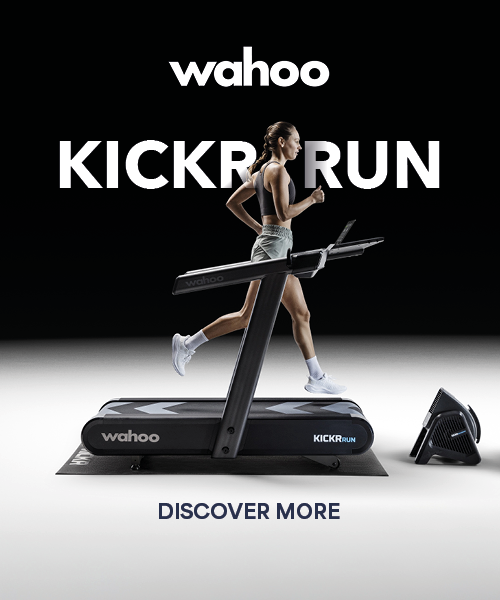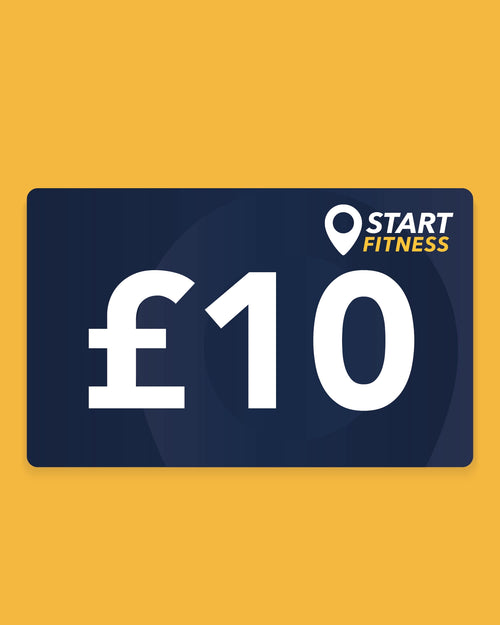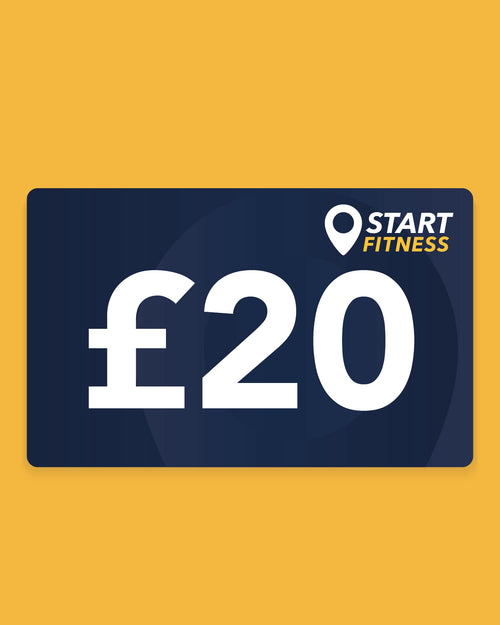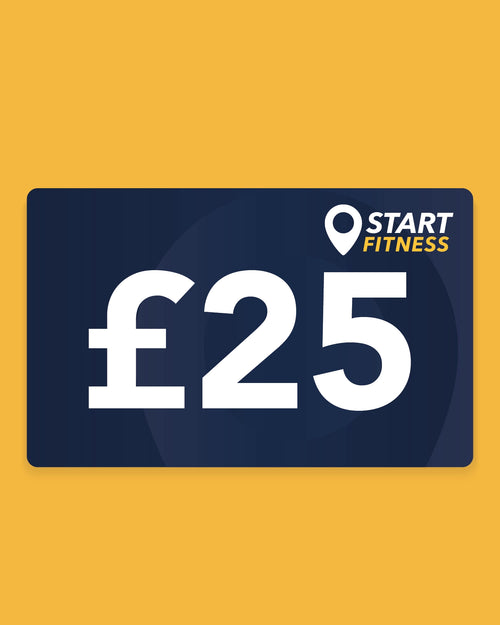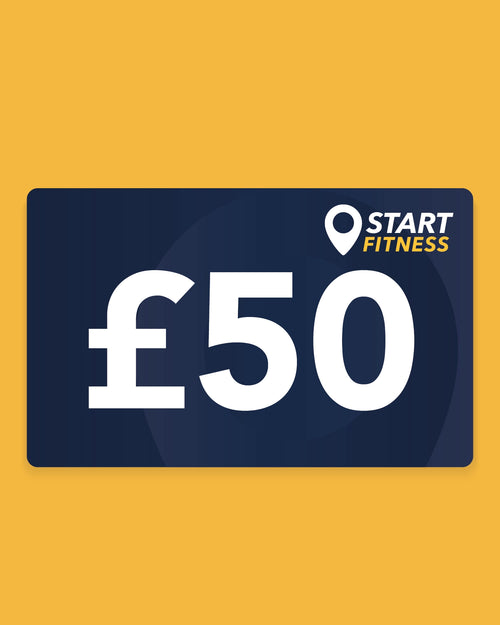If you’re looking for a new invigorating sport or even just a bigger challenge when it comes to water sports, swapping swimming lanes for the lakes of the UK might be just the thing for you. There are, however, plenty of differences between pool swimming and open water swimming (also known as wild swimming) which can make getting into the sport feel more daunting.
In our guide, we’ll share our most useful tips and insights to ease you through the transition (or just get started as a total beginner). Keep reading to find out what to expect from this sport, what equipment you need, and how to prepare for your first open water swim.
Benefits of open water swimming
Before we get into the how, it’s important that we discuss the why. Open water swimming has plenty of benefits that make it an ideal choice not just for natural swimmers, but also for those who enjoy other sports such as running. According to the University of Brighton and a study done in March 2025, these benefits include the following.
Physical benefits
- Improved immune function: regular cold-water immersion can boost white blood cell count, enhancing immune response.
- Better cardiovascular fitness: swimming engages and builds muscles, helps to improve bone density and boosts metabolism.
- Anti-inflammatory effects: cold exposure may reduce inflammation, supporting overall health.
Mental benefits
- Mood enhancement: open-water swimming raises dopamine and serotonin levels, helping ease stress and uplift mood.
- Stress reduction: being in or near water lowers cortisol and adrenaline, supporting better sleep and mental calm.
- ‘Micro‑flow’ immersion: the rhythmic, absorbing nature of swimming induces a mental “flow” state that’s restorative.
- Psychological resilience: facing and overcoming the uncertainty of cold open water builds confidence in managing challenges in daily life.
- Connection to nature and place: swimming in natural settings fosters a deeper bond with the environment and a sense of belonging.
How do I prepare for my first open water swim?
If you’re familiar with the benefits and you’d like to get stuck in, it’s important that you adequately prepare before you jump straight into your chosen swimming spot. Wild swimming is very different to pool swimming, and you might need time to adjust. Pool swimming is very controlled, with clear water, clear entry and exit points and ropes to hold onto. There is also always a lifeguard present. Open water swimming is more unpredictable with colder, deeper water, currents, wildlife, and nothing to hold onto should you need it.
We recommend that you pick the right place and don’t go alone, taking somebody with you for your first swim if you can, or at least choosing a spot with plenty of other people or a lifeguarded beach. Regardless, we wouldn’t recommend choosing a secluded spot where there may be riptides or nobody around to help you. You can also build up your confidence slowly by sticking to shallower water for your first swim, using the opportunity to adjust to wearing your gear (including your tow float and get used to the feeling).
When it comes to that first swim, you will need to enter the water slowly to avoid getting a shock when swimming in very cold temperatures. To help acclimatise, splash the cold water on your neck and face before you get in and try not to hold your breath for an extended time when you first enter the water. While many experienced open water swimmers will choose to swim in just a swimming costume (also referred to as ‘skins’), we also recommend sticking to a wetsuit for at least your first few tries. These suits are designed to give protection from the cold, but their added buoyancy can also help keep you safe while you get comfortable and learn how to adjust your stroke to open water.
Another thing to remember is that cold water can affect your swimming ability, and the wind can push you off course. To help you prepare for this, practice ‘sighting’ while swimming in the pool, and bring the skill with you when open water swimming. Sighting is the practice of lifting your head mid-stroke to check your direction and adjusting your angle to ensure you aren’t veering off course. In the pool, practice sighting with the end of your lane, and in the open water, pick out a sighting point with your companions (such as a buoy or landmark) to head towards.
What do I need for open water swimming?
Getting started with open water swimming takes a little more preparation than jumping into a pool. You’ll need the following items each time you swim:
- Wetsuit - this will provide warmth whilst keeping you streamlined for swimming, it is especially important in colder open water.
- Swimming cap - this is primarily to reduce drag but opting for a bright colour improves your visibility to others.
- Goggles - these are essential for clear vision in the water and keeping water out of your eyes. Make sure to select a pair with UV protection suitable for outdoor swimming.
- Tow float - these provide visibility and act as a flotation aid to help you in difficult situations, or if you just need a rest. Some models also include a dry compartment for keeping your phone and car keys safe if you can’t leave them by the water side.
- Swimming aids - this includes ear plugs to keep the water out of your ears.
- Changing robe - provides privacy and warmth when changing clothes after your swim.
- Dry bag - used for keeping your clothing and other items dry.
-
Waterproof swimming watch - for tracking distance, time, and pace. We recommend the Garmin Forerunner 265 watch.
You may also wish to take with you a first-aid kit for minor injuries or scrapes, and a waterproof pouch for your phone in case you get into difficulty.
What stroke is best for open water swimming?
Most open water swimmers choose to swim in front crawl (freestyle) as this is generally the most efficient for covering distance. You’ll also see some swimmers using breaststroke in choppier conditions, or because they simply prefer this stroke. You should be comfortable with both and then you can figure out which is best for you.
How long does it take to train for an open water swim?
The answer to this question varies quite a lot, but if you’re training for your first open water swim event, you should expect to train for 12 weeks, swimming for one hour 3-5 times a week. This will depend on your fitness level and the distance you’ll be covering in your race, as well as how comfortable you are with the aquatic environment.
Rules to abide by when open water swimming
Lastly, to ensure you’re safe, there are a few rules that you need to follow to prevent an accident from occurring. These are:
Swim in a designated area - many beaches and lakes have designated times when swimming is allowed and use flags to indicate where people can swim. Do not swim outside those defined areas as this could be dangerous.
Check the weather and water conditions - check that the water temperature isn’t too low (somewhere between 14-20°C should be fine), and that there are no high winds or thunderstorms scheduled for the day that you’re swimming. If the weather suddenly changes, get out of the water (taking the most direct route to the shore) and return another day.
Understand currents - there are always risks with open water swimming, and one of these is dealing with currents. For example, you must know what to do if you get caught in a riptide - swim parallel to the shore to get out of it and remain calm. You can also set up a static beacon on land so that you’ll know if you’re being swept away or not and need to exit the water.
Trust your instincts - if something doesn’t feel right with the water or with yourself, the best option is to get out and try another day.
Get ready for open water swimming with Start Fitness
If you’re ready to take the plunge, open water swimming offers a challenge and a way to connect to nature. Whether you're just dipping your toes into a new sport or training for your next triathlon, being properly equipped and informed makes all the difference.
At Start Fitness, we’re here to support your journey, from wetsuits and goggles to training advice. Browse our swimming collection to make your next swim your strongest yet.





